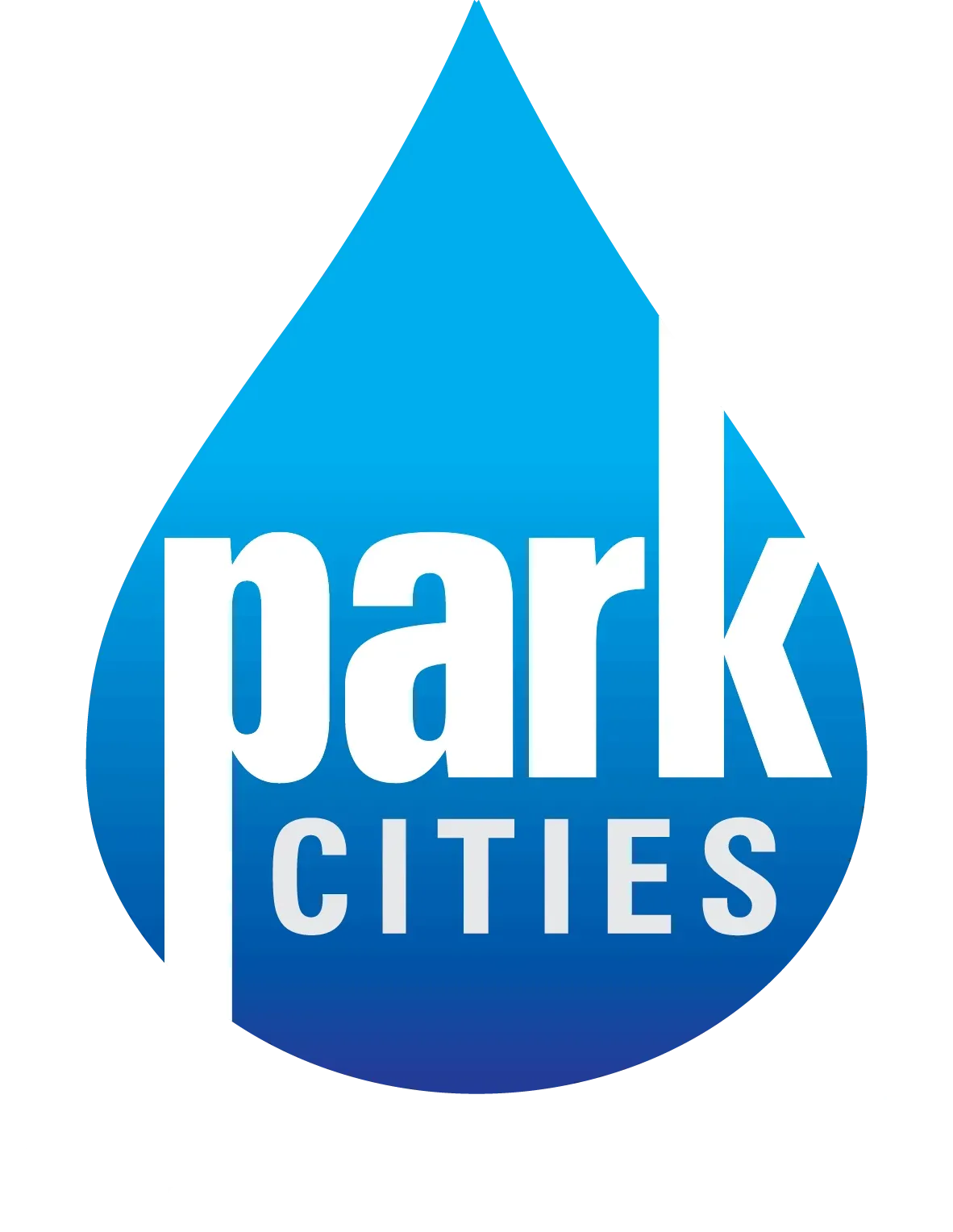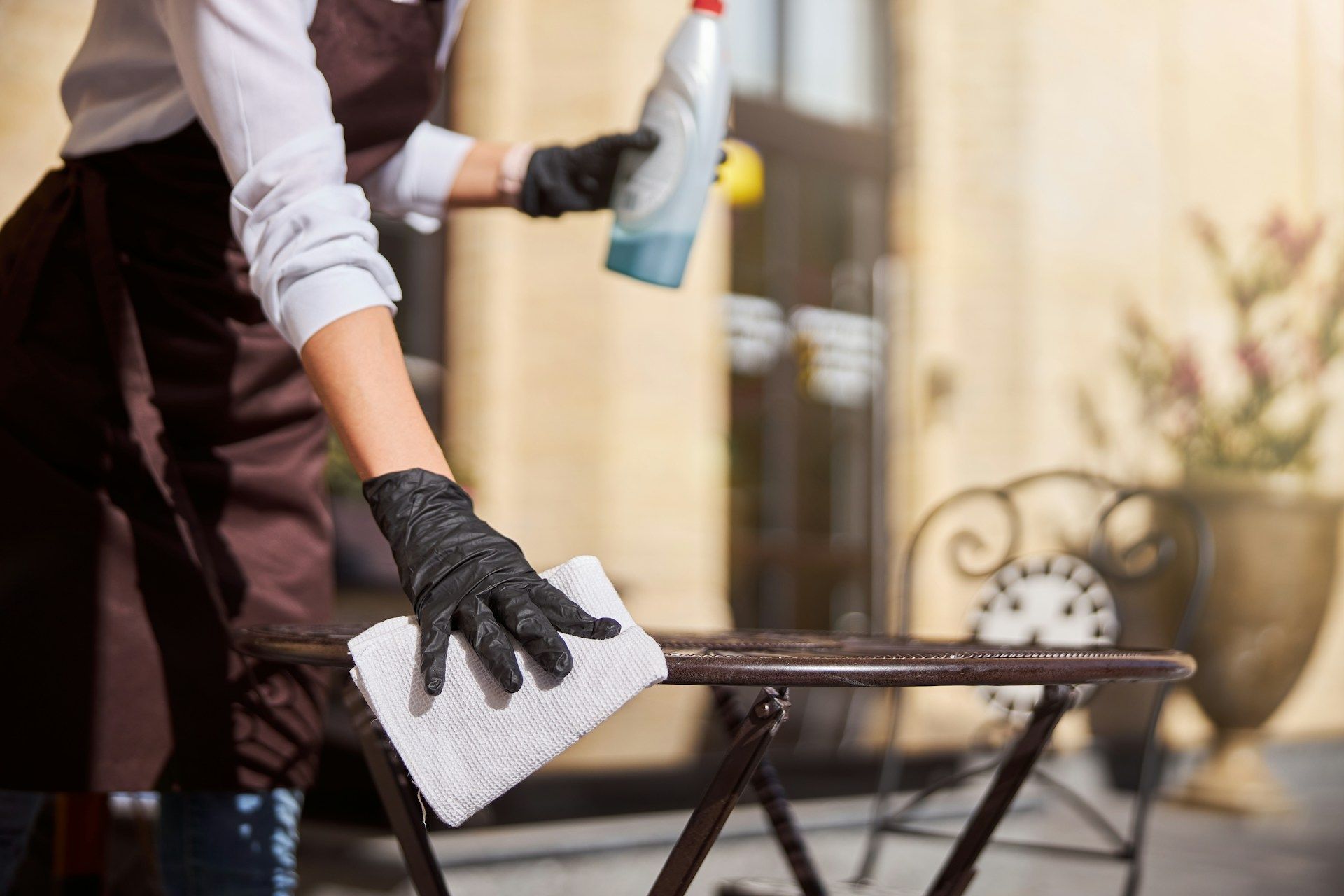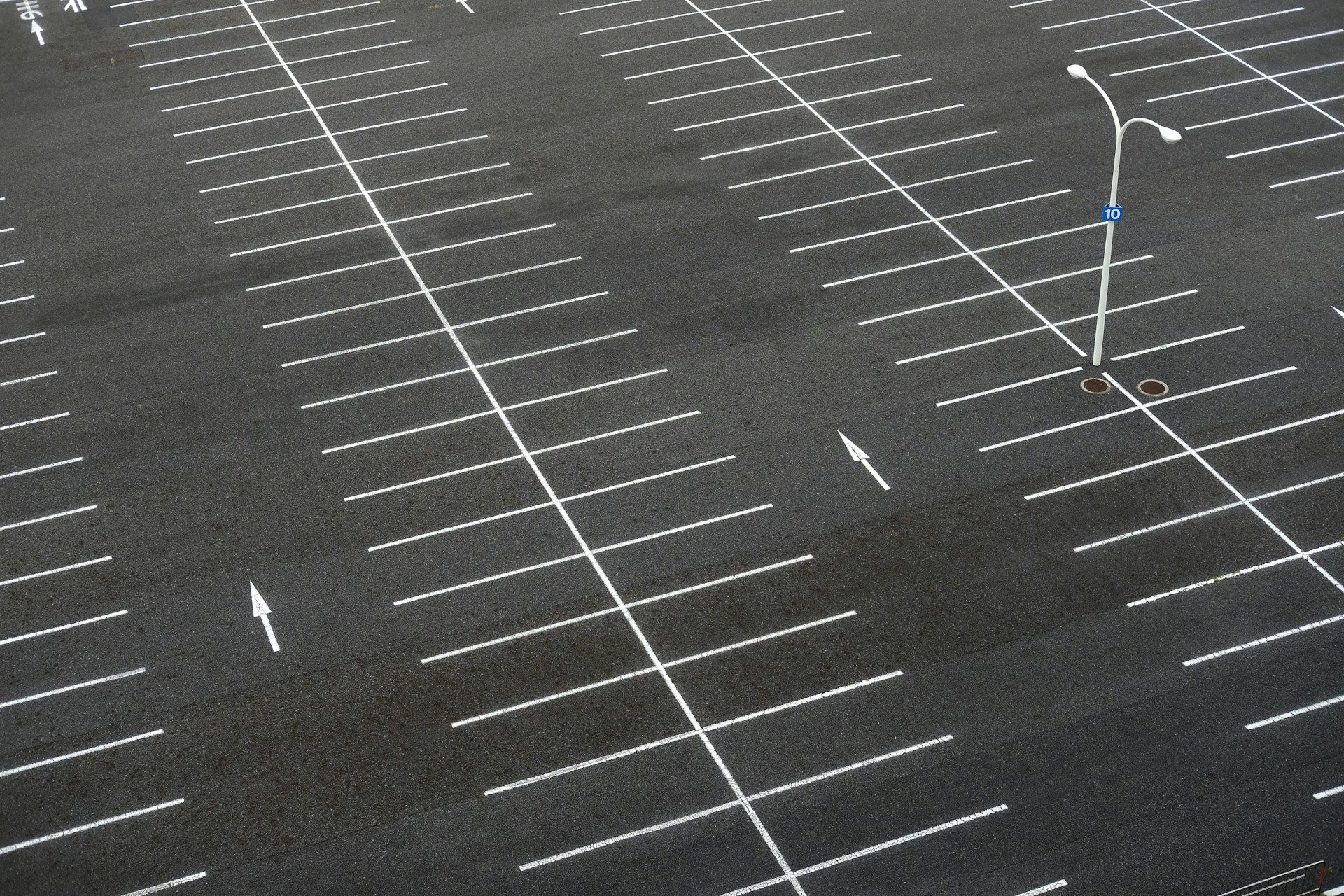Learn the Best and Effective Techniques for Graffiti Removal
Graffiti can be an eyesore on buildings and structures, affecting their appearance and value. It comes in many forms, whether it's spray paint, markers, or even scratches on surfaces. Each type of graffiti and the surface it lands on poses its unique set of challenges, making removal tricky.
Understanding the materials and surfaces involved is the first step to effective graffiti removal. From stubborn spray paints on bricks to marker ink on metal, the approach varies significantly. While some methods like power washing can remove graffiti from hard surfaces, others require gentle yet effective techniques to avoid damage.
Knowing the best techniques is essential, but it's just as important to keep these surfaces in great shape after they're cleaned. Implementing preventive measures reduces future graffiti incidents, ensuring properties look their best. By grasping the nature of graffiti and applying the most effective solutions, property owners can maintain cleaner, more appealing exteriors.
Understanding Graffiti Types and Surfaces
Graffiti comes in many shapes and forms, each posing unique challenges for removal. Spray paint is a popular choice among graffiti artists due to its ease of use and vibrant colors. It can cling tenaciously to surfaces, requiring special techniques to remove without causing harm. Markers, another common graffiti tool, often leave stubborn ink stains that might penetrate porous materials, complicating the removal process.
Different surfaces react distinctively when graffiti is applied. Brick and concrete are rough and porous, allowing paint or ink to seep deep into crevices, making them tricky to clean thoroughly. Metal surfaces, being non-porous and smooth, might seem easier to clean initially, but they can be damaged by abrasive cleaning methods or harsh chemicals which cause scratches or discoloration. Wood surfaces are sensitive too, as excessive scrubbing might erode the material.
Identifying the type of graffiti and the surface it's on is crucial. This knowledge guides the choice of cleaning method, ensuring the removal process is effective yet gentle enough to avoid damaging the underlying material. Each type of graffiti and surface presents unique cleaning challenges; understanding them is the first step to successful removal.
Effective Graffiti Removal Techniques
There are different techniques to choose from when it comes to removing graffiti, and selecting the right one depends on the surface and graffiti type. Power washing, for instance, is a common method that uses high-pressure water to blast graffiti off surfaces, especially effective on hard surfaces like concrete and brick. However, it should be approached with caution to prevent damaging the material beneath.
Chemical removal is another technique, involving solvents or specialized graffiti removal solutions to dissolve the paint. It's essential to match the product to the graffiti type and surface to ensure success without damage or discoloration. Eco-friendly removal options are also available, providing an effective way to clean surfaces while being gentle on the environment. These typically use biodegradable ingredients that break down the graffiti without leaving harmful residues.
Selecting the appropriate technique is important not just for effective cleaning, but also for preserving the condition of the surface. Improper methods can lead to further surface damage, staining, or ineffective removal, meaning more work and higher costs. Understanding what each technique entails helps maintain the property in its best state.
Common Challenges in Graffiti Removal
Graffiti removal can hit bumps along the way, facing challenges like staining, surface damage, and environmental worries. Stains occur when paint or ink seeps deeply into porous surfaces like brick or concrete, which can leave marks even after the graffiti is cleaned. Surface damage is also a concern, as aggressive cleaning can erode or scratch the material, making the problem worse instead of better.
Addressing these challenges calls for smart strategies. Using the right tools and techniques is key. For stubborn stains, a combination of gentle washing and eco-friendly cleaning agents can help lift the graffiti without hurting the surface. For delicate surfaces, using lower pressure and testing solvents on a small area first can prevent unwanted damage.
Environmental concerns arise when chemical cleaners enter the ecosystem. Utilizing biodegradable or eco-friendly options can mitigate these risks, ensuring the environment stays safe while still achieving a clean surface. Professionals play an essential role here, as they bring expertise and experience, using advanced equipment to manage the toughest graffiti problems efficiently and responsibly.
Preventing Future Graffiti Incidents
Stopping graffiti before it starts can save time and resources down the line. Applying protective coatings is a smart move, as they act like a shield, making it harder for graffiti to stick and much easier to clean. These coatings can be applied to various surfaces without altering their appearance, providing a discreet yet effective defense.
Deterrence is another crucial aspect. Good lighting makes it less appealing for vandals to target a location, while visible cameras can deter them by increasing the risk of being caught. Engaging the community through neighborhood watches or anti-graffiti initiatives also helps foster a collaborative effort to keep areas clean.
Regular maintenance is equally important. Routine checks and cleansing not only help catch graffiti early but also keep surfaces ready for the next cleaning. This proactive approach reduces the chances of permanent staining and keeps properties looking their best, making them less attractive targets for graffiti in the first place.
Conclusion
Keeping properties graffiti-free takes the right strategies and tools. Understanding graffiti types and surfaces lays a solid groundwork for effective removal. With tailored techniques, from power washing to eco-friendly solutions, even the toughest graffiti can be managed. Still, challenges lurk, requiring a careful balance between effectiveness and surface protection. Prevention plays a vital role by stopping graffiti before it settles, using methods that safeguard or ward off vandals. Each step in the process emphasizes the importance of maintaining both the aesthetic appeal and the long-term value of properties.
Dealing with graffiti doesn’t have to be overwhelming. Park Cities Power Wash offers professional
power washing in Dallas, Texas designed to handle graffiti effectively and efficiently. Our skilled team uses the latest techniques to ensure every project meets high standards, leaving your surfaces clean and well-protected. Let’s work together to keep your property looking its best. Contact us today!
All Rights Reserved | Park Cities Power Wash



